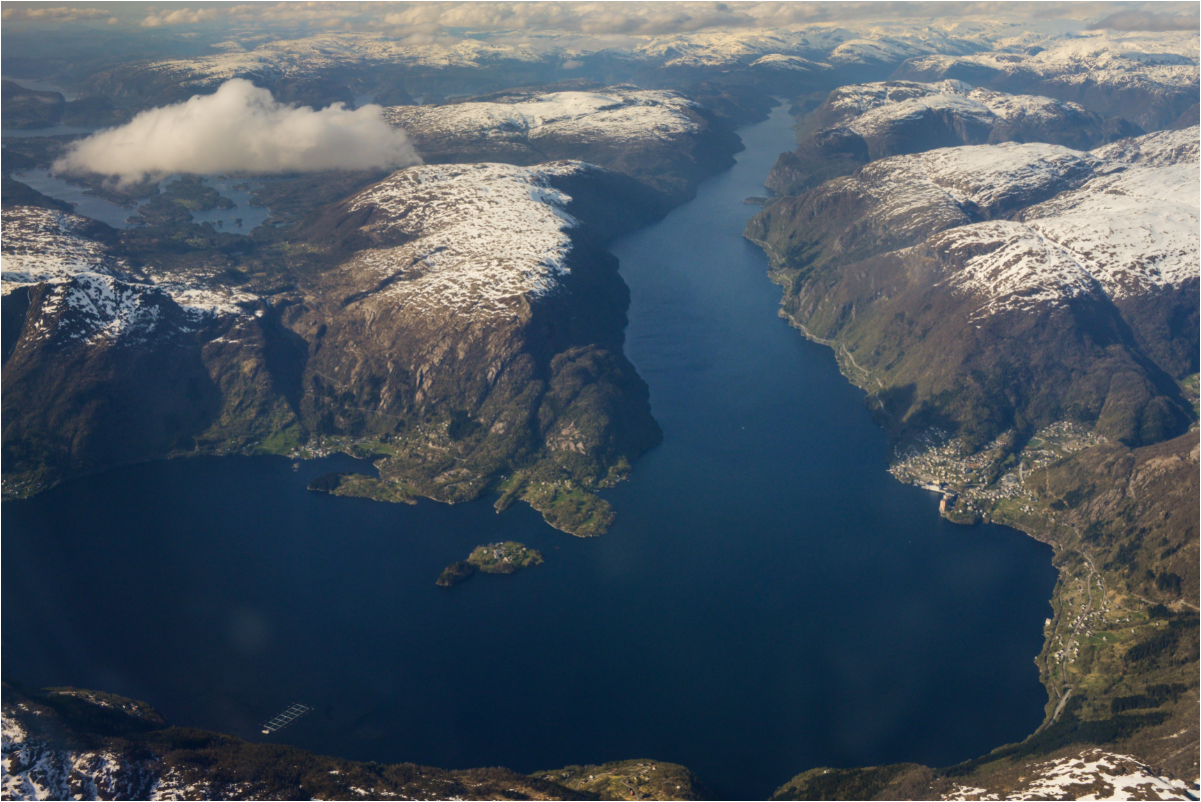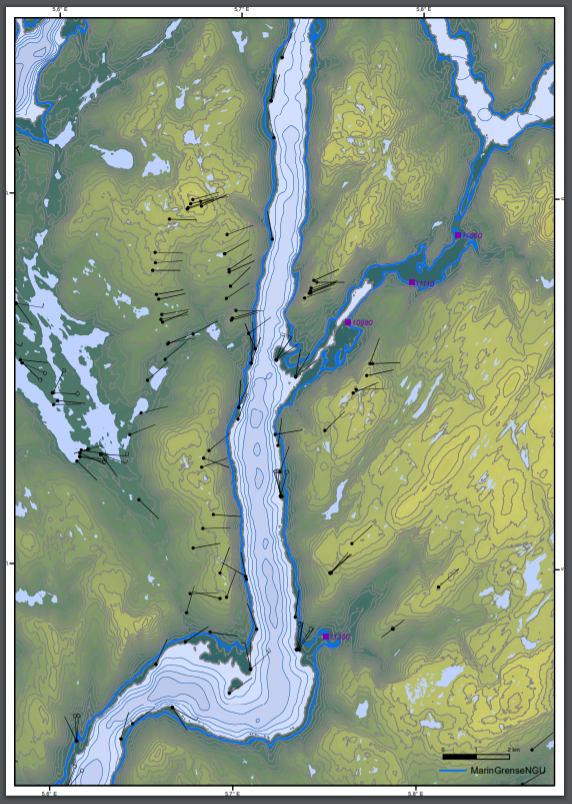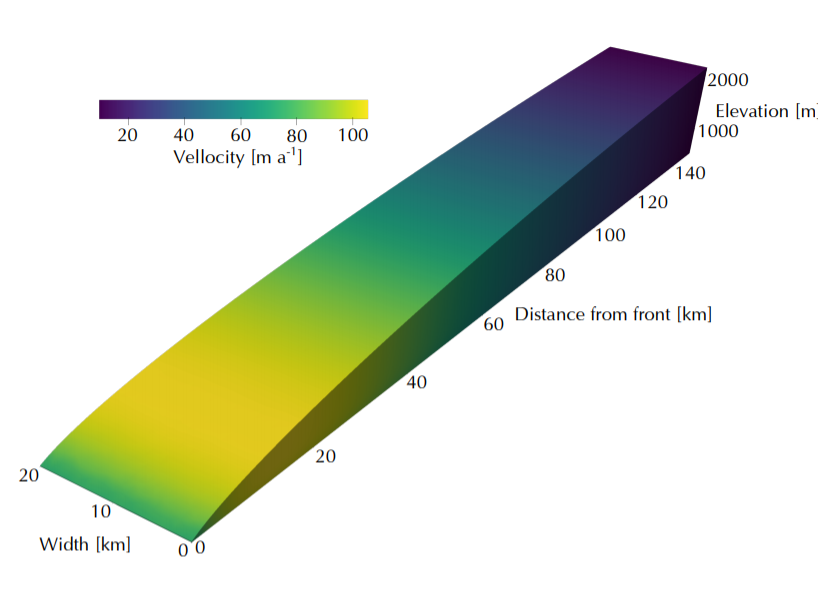Ice flow as an indicator of ice thickness
Dette masterprosjektet er ledig for masteropptaket høsten 2019
Hovedinnhold
Project description
The knowledge of the extent of past ice caps is relatively well constrained by geomorphological reconstructions. However, the knowledge about their thickness is not as extensive, leading to a fairly large uncertainty concerning their volumes at a given time. So far, thickness estimations have been made based on scarce observations on the flanks of mountains or based on numerical methods that can give an estimate of the thickness of the ice body from its boundaries and mechanical characteristics. Adding constraints on the thickness of past ice caps, without the need to constrain their boundaries, would allow to gain more information on both their geometry and dynamics.
The bedrock of Norway is littered with glacial striations. These striations have been produced by the action of thick, fast-flowing glaciers and indicate the flow direction of the overlying ice through time. Interestingly, in some fjords, the striations can be categorized as two groups: the first one presents a cross-fjord flow of ice while the second suggests and along fjord flow of ice. This change in direction of the flow is linked to the thickness of the glacier at this time. With a thick glacier, the slope of the ice surface drives the flow towards the margin without necessarily following the underlying topography. However, with a thinner glacier, the topography becomes increasingly important as a driver for the direction of ice-flow. By modelling this system, we can define, for several fjord geometries, the thickness at which the ice flow is “captured” by the fjord, and so give an estimate of the ice thickness at different stages of the ice-cap history.
This study will be based on a full Stokes ice flow model which is the only way to capture the complex flow patterns that we want to characterise. Based on key regions in southwestern Norway where cross fjord striations have been observed, synthetic model experiments with idealized bedrock topography will be designed and applied. The work on idealized geometries will give a good control on the different parameters of the simulations and allow to experiment on a range of different cases, which will ultimately give an in-depth understanding of the interaction of ice flow with the underlying bedrock topography. The results of these experiments will then be compared to real fjord geometries providing a constraint on ice thickness through time from a few key sites in southwestern Norway.
Proposed course plan during the master's degree (60 ECTS)
GEOF 211 (10 ects), GEOV 223 (10 ects), GEOV 230 (10 ects)
GEOV 300 (5 ects), GEOV 301 (5ects), GEOV 325 (5ects)
We would encourage the candidate to take part in UNIS courses (AG325 and AG340 are highly relevant). In addition, the Karthaus summer school would be a great opportunity.
Field work
None, but the student will be encouraged to participate in ongoing field work if the opportunity arises.


